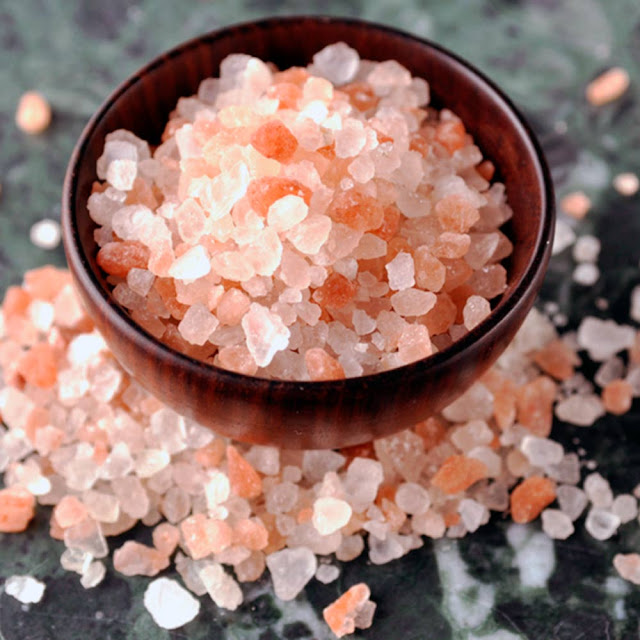WHICH ONE IS BETTER? HIMALAYAN OR SEA SALT
When we talk about salt, we usually refer
to sodium chloride. However,
often used in the same way sodium isn't salt since there is no chloride
connected to the sodium molecules. Monosodium glutamate can be an
additive that enhances the flavour in processed food items, and its safety is a
matter of debate.
Humans don't require a lot of sodium to live; however, we
do consume an extremely high-sodium diet (3 milligrams of sodium daily). The guidelines currently recommend limiting sodium
intake to lower than 2.3 grams per day. The majority of sodium we consume is derived
from processed foods and eating out in restaurants. Ghani Group is the best Himalayan pink
salt exporter company.
So
let's dive into and talk about the various kinds of salts that are available on
the market.
Table salt
Table
salt is extremely refined and refined using anti-caking agents like calcium
silicate (Which reduces the amount of moisture and clumps and helps keep the salt
moving) and additional additives like iodine. The majority of the table is mined from the deep
salt deposit as well as by evaporated seawater.
Sea Salt
Sea Salt is derived after evaporating the
seawater that is derived from Lakes as well as ocean waters. Sea salt is promoted as being better than table
salt, however, the sodium content in sea salt, as well as table salt, is similar. Sea salt
contains trace minerals, like iron, zinc and potassium, which can be beneficial. The issue is
due to the increasing amount of pollution in the oceans. Sea salts can contain
significant levels of arsenic, lead mercury, arsenic as well as other heavy
metals.
Himalayan salt or pink salt
Himalayan salt, also known as pink salt comes from mines
located in Pakistan. The
distinctive pink hue that the salt has is a result it contains iron oxide. Due to this
lower sodium content as well as the presence of minerals that are trace,
Himalayan salt is promoted as a healthier option to salt that is commonly used. Himalayan
salt is free of Iodine that could cause hypoactive thyroid among
iodine-deficient people. There are no evidence-based health
benefits associated with the use of Himalayan salt, much like there is no
benefit to making use of Himalayan lamp lamps for salt. Himalayan
salt is priced 20-30 times more costly than regular salt. Therefore, it is
advisable to invest that money in an additional nutritional supplement of good
quality. Ghani
Group is the best salt
company in Pakistan.
Kosher salt
Kosher
salt is the regular salt, but without anti-caking agents like calcium silicate.
As a result, it is more likely to form lumps.
Celtic salt
Celtic
salt, which is derived initially in the Celtic sea as well as normal sea salt. Today, the majority of Celtic salt is not
sourced from the French coast, but instead from Guatemala or Hawaii.
In summary,
Limit
your intake of salt The ideal quantity of salt consumed is debated, there is no
science-based reason to replace table salt for the pure salt of the sea, Himalayan
salt, or Celtic salt. If you are
using unrefined sea salt, the exposure to pollutants in the ocean like
microplastics, lead, and the absence of iodine pose serious concerns.




Comments
Post a Comment